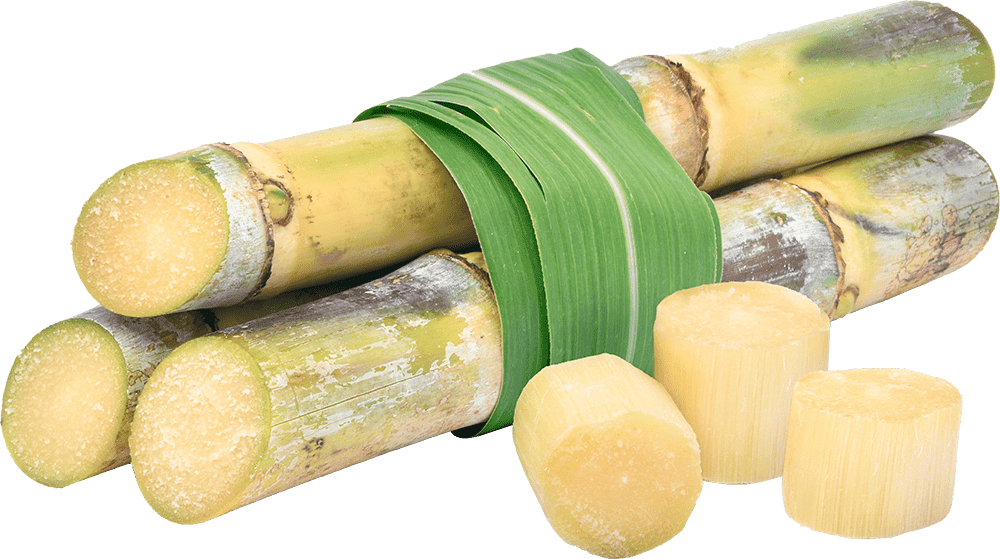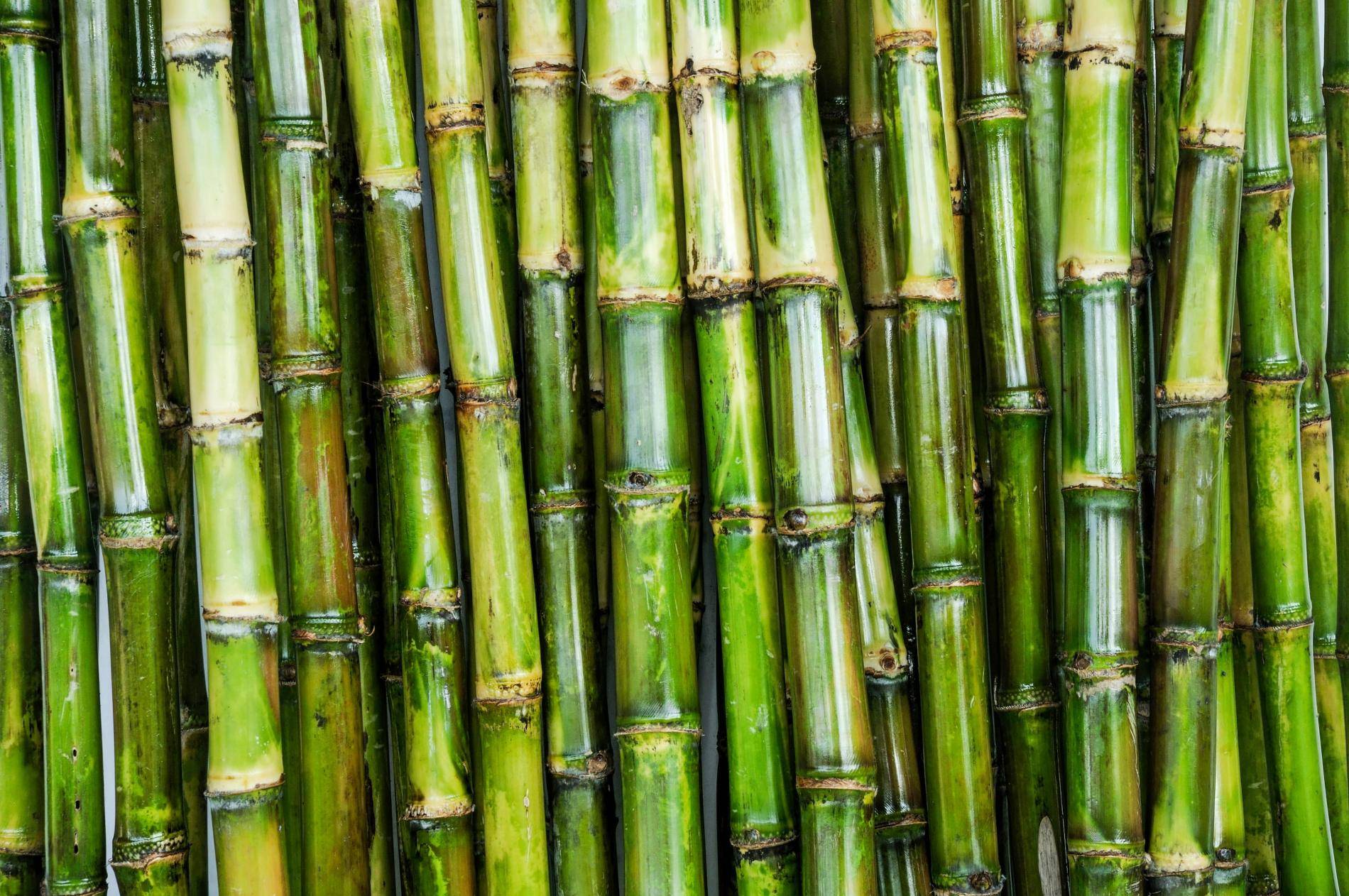Cane Sugar Processing: From Field to Table-- A Step-by-Step Overview
Cane Sugar Processing: From Field to Table-- A Step-by-Step Overview
Blog Article
An Extensive Guide to the Environmental Impact and Sustainability Practices in Walking Cane Sugar Handling
The ecological effect of walking cane sugar processing provides a complex selection of challenges that warrant cautious evaluation. From dirt degradation and excessive water usage to the carbon impact connected with cultivation and production, the consequences of typical practices are significant. On the other hand, the fostering of cutting-edge sustainability actions offers a path towards much more liable production approaches. Comprehending the interaction in between these concerns is crucial for stakeholders in the market. What certain practices can be executed to strike a balance in between productivity and environmental stewardship? The responses depend on a better consider both the obstacles and prospective options.
Overview of Walking Stick Sugar Handling
Walking cane sugar processing includes a series of methodical steps that change sugarcane right into polished sugar. Initially, harvested sugarcane is delivered to processing centers, where it goes through cleaning to remove soil and debris. Following this, the walking cane is squashed to extract juice, which is then clarified by getting rid of impurities via home heating and the enhancement of lime.
The made clear juice goes through dissipation, where water is eliminated to concentrate the sugar content. This focused syrup is then crystallized via air conditioning, enabling sugar crystals to create. These crystals are divided from the remaining syrup using centrifugation, causing raw sugar. To achieve refined sugar, the raw product undergoes further purification processes, which might include filtering system and cleaning to remove remaining pollutants and shade.
The last item is then dried out and packaged for circulation. Throughout this entire procedure, keeping efficiency and quality assurance is crucial to ensure the sugar meets industry criteria. Each step in walking stick sugar handling not only contributes to the last item but also has implications for resource use and waste generation, establishing the stage for conversations on sustainability and ecological effects connected with sugar production.
Ecological Challenges of Manufacturing
The manufacturing of walking stick sugar provides several significant environmental challenges that warrant focus. One primary problem is the considerable use agrochemicals, including chemicals and fertilizers, which can result in soil destruction, biodiversity loss, and contamination of local water resources. The runoff from sugarcane fields frequently carries these chemicals right into nearby ecological communities, disrupting aquatic life and affecting the health of neighborhoods reliant on these water bodies.
One more obstacle is the high power intake linked with sugarcane processing. The boiling and refining stages need considerable heat, mostly produced by burning fossil fuels, adding to greenhouse gas emissions. In addition, the expansive acreage needed for sugarcane cultivation can lead to logging and habitat damage, more intensifying environment adjustment and harmful wildlife.
In addition, the labor practices in some areas increase moral concerns, as employees might encounter bad working problems and poor earnings. This scenario frequently continues a cycle of poverty in local neighborhoods. Cane Sugar Processing. Addressing these ecological challenges is important for establishing more sustainable techniques in cane sugar production, eventually profiting both the atmosphere and the communities involved in this market
Water and Land Usage Influence
Water resources and land application are essential components in the walking cane sugar sector that dramatically influence the setting. The farming of sugarcane needs significant water input, with price quotes recommending that it can eat approximately 2,000 litres of water per kg of sugar created. This intensive use of water typically brings about exhaustion of neighborhood water sources, affecting not only the sugarcane vineyards yet additionally bordering communities and communities that depend on the exact same water resources for agriculture and residential usage.

Additionally, land usage for sugarcane farming can lead to logging and the conversion of all-natural environments right into monoculture haciendas. This technique reduces biodiversity, disrupts regional ecological communities, and adds to dirt destruction. The description development of sugarcane fields commonly intrudes on beneficial farming land, producing competition for sources in between food and biofuel manufacturing.
Sustainable practices, such as optimizing watering strategies and carrying out crop turning, are important to minimize these influences. By adopting much more reliable water use and land management strategies, the cane sugar market can minimize its eco-friendly impact, making certain a balance in between agricultural efficiency and environmental preservation.
Greenhouse Gas Emissions
Greenhouse gas exhausts stand for a significant ecological concern within the walking stick sugar handling industry, specifically as agricultural techniques broaden to meet international need. The farming of sugarcane, a crop that prospers in tropical climates, relies greatly on synthetic plant foods and pesticides, which add to laughing gas exhausts. In addition, land-use modifications, consisting of deforestation for new sugarcane plantations, launch carbon dioxide kept in greenery and dirt.
Throughout handling, power consumption is one more significant resource of greenhouse gas emissions - Cane Sugar Processing. Several sugar mills use nonrenewable fuel sources to power equipment and create warmth, causing significant carbon impacts. Furthermore, the transport of raw sugarcane and finished items adds layers of exhausts with gas burning in cars
This entails reviewing current farming practices, processing methods, and transport systems to recognize areas for renovation and reduction. Addressing greenhouse gas emissions is vital for fostering a much more lasting cane sugar industry in an altering environment.

Lasting Practices and Innovations
Sustainable methods and advancements are progressively vital in the cane sugar processing industry as stakeholders look for to reduce environmental impacts while preserving performance. One substantial advancement is the implementation of incorporated plant administration, which maximizes source usage by incorporating dirt administration, parasite control, and crop rotation strategies. This method improves yield while decreasing chemical inputs and protecting dirt health and wellness.
Moreover, the adoption of sustainable energy sources, such as biomass from sugarcane residues, has actually gotten traction - Cane Sugar Processing. By converting waste items right into power, processing centers can decrease their reliance on nonrenewable fuel sources, thereby reducing greenhouse gas discharges
Water monitoring techniques have also seen enhancements with the recycling and reusing of water in handling plants, dramatically minimizing freshwater consumption. Developments in innovation, such as precision farming, enable farmers to monitor plant health and source use much more effectively, making certain sustainable growing techniques.
In addition, accreditation programs like Fair Trade and Jungle Partnership urge ecologically liable farming methods and advertise social equity within the supply chain. By welcoming these sustainable practices and advancements, the walking cane sugar processing market can improve its durability and contribute positively to environmental stewardship.
Final Thought
The environmental impact of cane sugar processing presents substantial challenges, including soil degradation, high water consumption, and greenhouse gas emissions, alongside honest problems connected to labor techniques. go right here Dealing with these problems via lasting methods, such as incorporated plant monitoring, renewable power adoption, and water recycling, is crucial. By advertising eco accountable and socially fair methods in sugar production, the industry can mitigate its adverse results, guaranteeing an extra lasting future for both neighborhoods and ecological communities entailed in this market.
Walking stick sugar handling involves a series of organized actions that change sugarcane into polished sugar. Each action in cane sugar handling not only contributes to the last product yet likewise has effects for source usage and waste generation, setting the phase for conversations on sustainability and environmental effects associated with sugar production.
Greenhouse gas exhausts stand for a substantial ecological problem within the walking cane sugar handling industry, especially as agricultural techniques expand to satisfy international need.Sustainable techniques and innovations are significantly Get More Information vital in the walking cane sugar processing sector as stakeholders look for to reduce ecological impacts while keeping efficiency.The environmental effect of walking stick sugar handling presents considerable challenges, including dirt degradation, high water usage, and greenhouse gas discharges, alongside honest concerns connected to labor methods.
Report this page